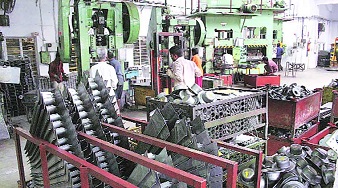Sustainable and inclusive agriculture: Need for greater focus on pulses and oilseeds
Despite fears of a sub-normal monsoon, the estimates for agricultural production for the present kharif season are promising. By mid-July of this year, sowing was recorded to be 8.7% above normal, including for most of the major food crops like rice, wheat, pulses and oilseeds. India attained self-sufficiency in cereals like rice and wheat several years back – thanks to the impetus provided by the Green Revolution through the 1960s and 70s. However, productivity of pulses and oilseeds still leaves a lot to be desired. During 2014-15, the import bill of pulses to meet the shortfall was at Rs. 17,062 crores for 4,584 Metric Tonnes. Unfortunately, even in the past decade, despite specific schemes and interventions like the Integrated Scheme for Oilseeds, Pulses, Oil Palm and Maize (ISOPOM) and NFSM-Pulses, the increase in pulses and oilseeds productivity has failed to match the increase in productivity of cereals.
India is the world’s largest importer of pulses (3-3.5 million tonnes) . The average yield of pulses in other major countries far exceeds India’s yields. China’s productivity is twice that of India’s.
The government recently announced an increase in MSPs (including a bonus) on major pulses like arhar and moong. This is meant to encourage pulses cultivation and control rising prices.
Karnataka (100%), Tamil Nadu (70%), Chhattisgarh (47%) and Andhra Pradesh (46%) have recorded a significant increase in oilseeds productivity in the past decade.

